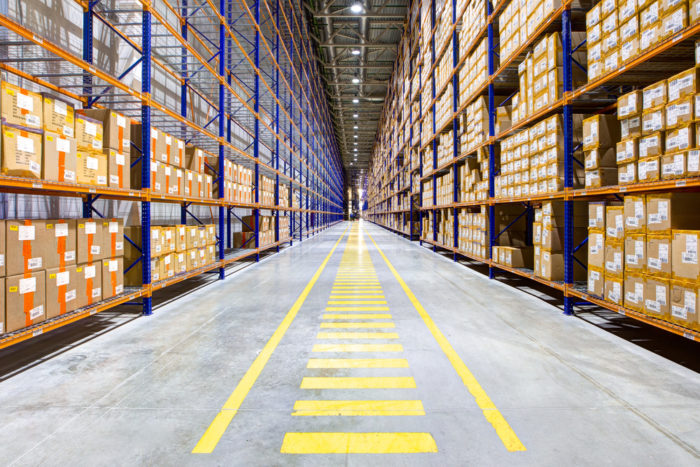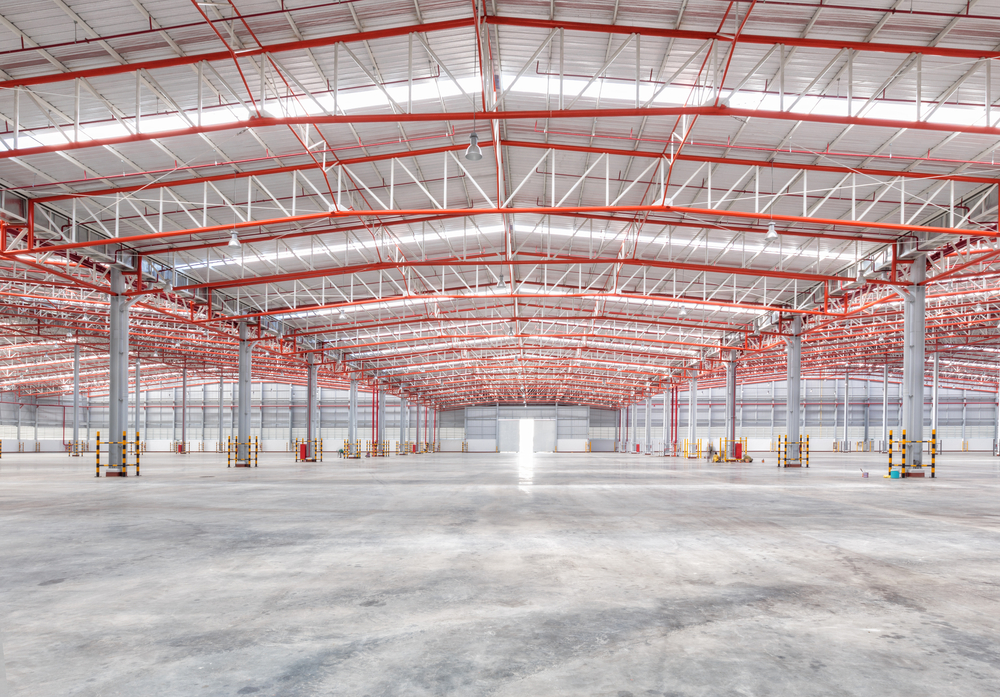Space on the warehouse floor is valuable real estate. Every inch taken up by items that aren’t necessities reduces the amount of overall inventory that can be stored and cuts into profits. For warehouse managers wondering how to increase warehouse storage space, though, the solution is not quite as simple as just improving a facility’s organization. Managers may need to add a few tools and services to their repertoire to improve their warehouse space management.
Some of these tools are relatively low-cost and easy to implement, while others are more costly but will offer long-term results and drastically improve efficiency. By combining solutions like high-density Automated Storage and Retrieval Systems (ASRS), off-site storage, and plastic pallet pooling, warehouse managers can enjoy all the benefits of smart warehouse space utilization.
The Importance of Maximizing Warehouse Space
 There are more than a few reasons to focus on enhancing warehouse capacity. Just a few of the benefits of improved warehouse space usage include:
There are more than a few reasons to focus on enhancing warehouse capacity. Just a few of the benefits of improved warehouse space usage include:
- Cost savings: Maximizing warehouse space leads to direct and indirect cost savings. A warehouse that is optimized for space and organization can hold more inventory and manage throughput more efficiently.
- Automation efficiency: For most automated systems to move smoothly, equipment needs to be in close quarters. Increasing warehouse density to make the best possible use of space is a necessity for automated systems, as it ensures that conveyors and picking equipment don’t have to span large distances.
- Enhanced productivity: In a space-efficient warehouse, workers travel shorter distances to get what they need. Also, densely packed warehouses tend to be more organized by necessity, which makes it easier to find needed items.
Making the most of your existing facility can boost productivity, increase cost-effectiveness, and support automation.
Knowing how to increase warehouse storage space by making the most of your existing facility can boost productivity, increase cost-effectiveness, and support automation. To do this, managers should consider what combination of tools would best suit their warehouse’s needs.
How to Increase Warehouse Storage Space: Five Types of Equipment
 Tools designed to increase warehouse storage space run the gamut from inexpensive basics to high-tech long-term investments. Each option has its own benefits and drawbacks for supply chain managers to consider.
Tools designed to increase warehouse storage space run the gamut from inexpensive basics to high-tech long-term investments. Each option has its own benefits and drawbacks for supply chain managers to consider.
| Type | Pros | Cons |
| High-density automated storage systems: These logistics systems allow warehouse managers to pack loaded pallets very closely together, as automated equipment is used to do most of the sorting and picking. Since manual equipment like forklifts is not needed, aisles can be made much narrower and more space-efficient. | Reduced labor costs High accuracy levels Increased efficiency | Expensive to implement
Employees will need detailed training Equipment failure could result in massive production delays |
| Mezzanines: These structures allow supply chain managers to improve cube utilization in the warehouse by creating additional floors that take advantage of vertical space. | Relatively low cost to add and maintain
Most are customizable Can easily be removed when no longer needed |
Columns and support beams may present an obstacle on the warehouse floor
Not typically useful for storing heavy equipment The risk of slips, trips, and falls off stairs and platforms creates an additional safety hazard |
| Update racking systems: In some cases, it’s smarter to improve the racking method currently in use than swap it for a different type of system. Pallet racking methods like stack racking and gravity flow racking offer increased pallet storage density. | Reduces issues with overflow pallet storage
Wide range of racking options offers choices for all warehouse types Some systems make better use of warehouse vertical space |
Can be expensive to implement
Some types make it difficult to reach specific pallets Additional tools and training will likely be needed |
| Offsite long-term storage: Warehouse managers can move some of their less commonly used items to offsite storage and get them off the warehouse floor entirely. | Preserves warehouse space
Predictable costs Simple turnkey service |
Limited access to stored items
Higher expense to maintain a separate space Less control over items stored |
| Pallet pooling: By renting, rather than owning their pallet pool, supply chain managers can eliminate the space needed to store and sort large quantities of pallets for periods of peak demand. Plastic pallets are typically better suited to the pooling model than wood as they’re lighter, easy to clean and less prone to breakage due to heavy use. | Simplified pallet logistics
Cost-effective Easily scalable pallet supply |
Wood pallet pooling is more available than plastic pallet pooling |
Plastic pallet pooling works well in partnership with a high-density automated storage system.
Managers looking for ways to increase warehouse storage space may want to consider a combination of two or more of the tools and services listed above as a way to increase the efficiency and productivity of their warehouse. For example, plastic pallet pooling works well in partnership with a high-density automated storage system. Both options minimize space use and make operations more efficient. In addition, plastic pallets are recommended for use with automated equipment as they are lighter, have a uniform weight and consistent shape and don’t shed nails, screws, or splinters. This helps keep equipment safe and reduces interruptions. Choosing a multi-pronged strategy for maximizing warehouse space allows your facility to reap the benefits of a consolidated design while minimizing common risks.
Pooled iGPS plastic pallets provide an ideal way to increase warehouse storage space while maintaining pallet supply. Our plastic rental pallets allow you to scale your fleet as needed while enjoying the benefits of high-quality HDPE plastic. For more details, contact us at 1-800-884-0225, email a specialist at switch@igps.net, or visit our contact page.



